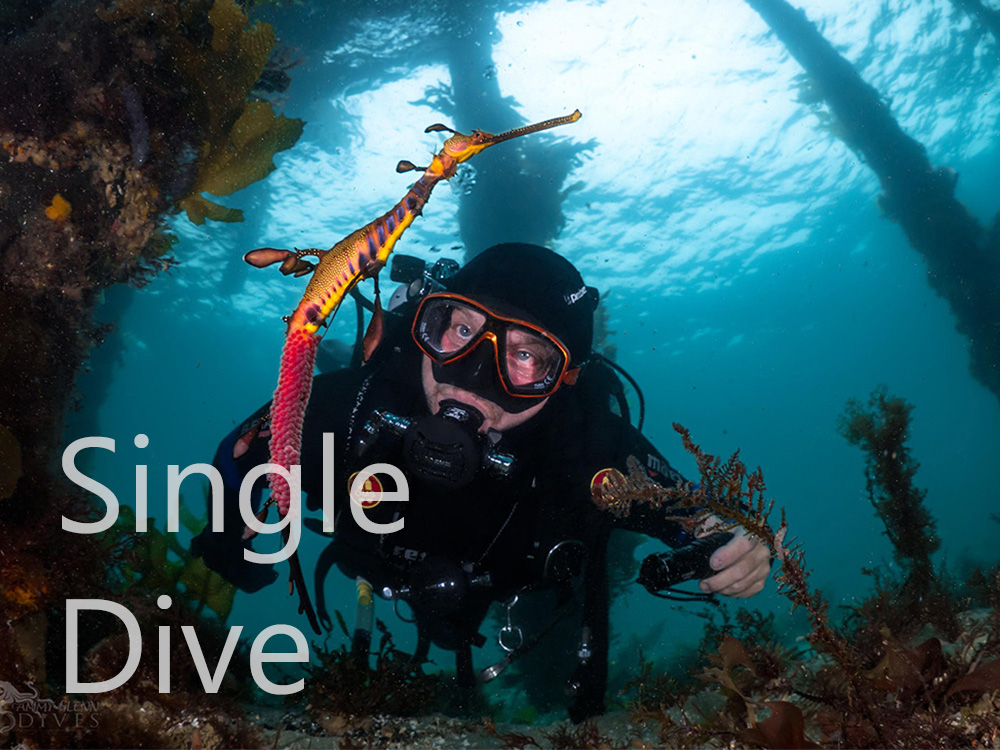Navigation
SSI’s Extended Range programs provide avid divers with the training they need to experience the excitement of tec diving. Explore caves, enjoy extended bottom times, and experience the thrill of diving deep reefs and wrecks. Go deeper and further with SSI’s Extended Range programs like Extended Range Trimix, Semi-Closed Rebreather Diving, Extended Range Cavern Diving, Closed-Circuit Rebreather Diving, and more.
The SSI Extended Range specialties are apex programs that give you the highest level of diving skill and knowledge. Once you have completed your training, you will be the best of the best. SSI offers the most comprehensive range of tec diving programs in the industry, including professional tec diving programs. Go farther, deeper, and beyond your limits with SSI Extended Range.
Tomatin
![]() Wreck Dive |
Wreck Dive | ![]() Boat access
Boat access
![]()
![]()
Three-Masted Wooden Barque | Max Depth: 4 m (13 ft)
Level: Open Water and beyond.
The Tomatin was wrecked with no loss of life in a severe gale on the Gippsland coast in July 1865. The gale claimed three colliers sheltering at Wilsons Promontory, the Natal, Lady Young and Tomatin. After one of the Tomatin's anchor chains parted, the crew attempted to sail into the lee of Rabbit Island. However, the force of the gale was so great that the vessel was driven onto rocks on the mainland in Johnny Souey Cove, Wilsons Promontory, where it broke up rapidly.
Tomatin Shipwreck History — Built in 1839
The Tomatin was a three masted, wooden barque of 322 tonnes, built in 1839, by Robert Steele and Co of greenaugh greenaugh, on a length of 113.5 ft (35 m), a breadth of 25 ft (7.62 m) and a depth of 17.5 ft (5.33 m). The vessel had a single deck, a square stern and was owned at the time of its sinking by T. Grierson and registered in Port Adelaide.
Tomatin Sinking — Wrecked 11 July 1865
Tomatin left Newcastle on the 26 June 1965 bound for Wallaroo fully laden with coal, under the command of Captain J.M. Watson. All went well on the first part of the voyage, but on approaching Wilsons Promontory the weather began to deteriorate, the wind freshening from the north--north-west. The captain decided to beat into Sealers Cove on the eastern side of Wilsons Promontory, to anchor until the weather moderated and became more favourable. This was not to be, as at 8:00 p.m. the gale suddenly veered around to the south-east and freshened. A second anchor was put out as the wind veered to the east and increased, with the vessel pitching so much that it was putting its powers under in the terrific seas. The port anchor chain then parted and it was doubtful if the ship's remaining anchor would hold in such conditions.At 7:30 a.m. the starboard chain parted. The captain made all possible sail, but some of them blew away, and others being too large for the force of the gale, the Tomatin barely weathered the eastern most portion of Rabbit Island, and in trying to get into smooth waters they found it impossible, though the force of the wind, tide, and sea, to heat up under the lee of Rabbit Island.
The Tomatin, therefore, drove boldly towards the mainland, and got into the rollers. Losing command of her, the captain and crew found it impossible to save the ship, therefore at 9:30 a.m. on 11 July 1865, they took to the ship's boat, as they stood, it being the only chance left to save lives. Shortly after the crew left the Tomatin, she struck on the rocks, bearing north-west by west-half-west of the centre of Rabbit Island, and in two hours she disappeared. The crew of the Tomatin were picked up by the schooner Goldseeker and transferred to the steamer Ant which brought them to Melbourne.
See also, Heritage Council Victoria: Tomatin, and Australian National Shipwreck Database: Tomatin.
Heritage Warning: Any shipwreck or shipwreck relic that is 75 years or older is protected by legislation. Other items of maritime heritage 75 years or older are also protected by legislation. Activities such as digging for bottles, coins or other artefacts that involve the disturbance of archaeological sites may be in breach of the legislation, and penalties may apply. The legislation requires the mandatory reporting to Heritage Victoria as soon as practicable of any archaeological site that is identified. See Maritime heritage. Anyone with information about looting or stolen artefacts should call Heritage Victoria on (03) 7022 6390, or send an email to heritage.victoria@delwp.vic.gov.au.
Traditional Owners — This dive site does not lie in the acknowledged traditional Country of any first peoples of Australia.
Tomatin Location Map
Latitude: 38° 48.000′ S (38.8° S / 38° 48′ S)
Longitude: 146° 29.400′ E (146.49° E / 146° 29′ 24″ E)
Datum: WGS84 |
Google Map
Added: 2012-07-22 09:00:00 GMT, Last updated: 2022-04-26 22:40:01 GMT
Source: GPS
Nearest Neighbour: Tin Mine Cove, 6,060 m, bearing 265°, W
Three-Masted Wooden Barque.
Built: 1839.
Sunk: 11 July 1865.
Depth: 4 m.
[ Top ]
DISCLAIMER: No claim is made by The Scuba Doctor as to the accuracy of the dive site coordinates listed here. Should anyone decide to use these GPS marks to locate and dive on a site, they do so entirely at their own risk. Always verify against other sources.
The marks come from numerous sources including commercial operators, independent dive clubs, reference works, and active divers. Some are known to be accurate, while others may not be. Some GPS marks may even have come from maps using the AGD66 datum, and thus may need be converted to the WGS84 datum. To distinguish between the possible accuracy of the dive site marks, we've tried to give each mark a source of GPS, Google Earth, or unknown.
Copyright © 2005-2022 by The Scuba Doctor Australia, ABN 88 116 755 170. All rights reserved.
tel. +61 3 5985 1700 :: email. diveshop@scubadoctor.com.au :: Web site by it'sTechnical 2022


















![Halcyon Infinity 30lb System [SS Small Backplate] Halcyon Infinity 30lb System [SS Small Backplate]](/diveshop/images/halcyon/Halcyon-Evolve-Wing.jpg)
















































































































